Paris – 9th to 12th October 2023
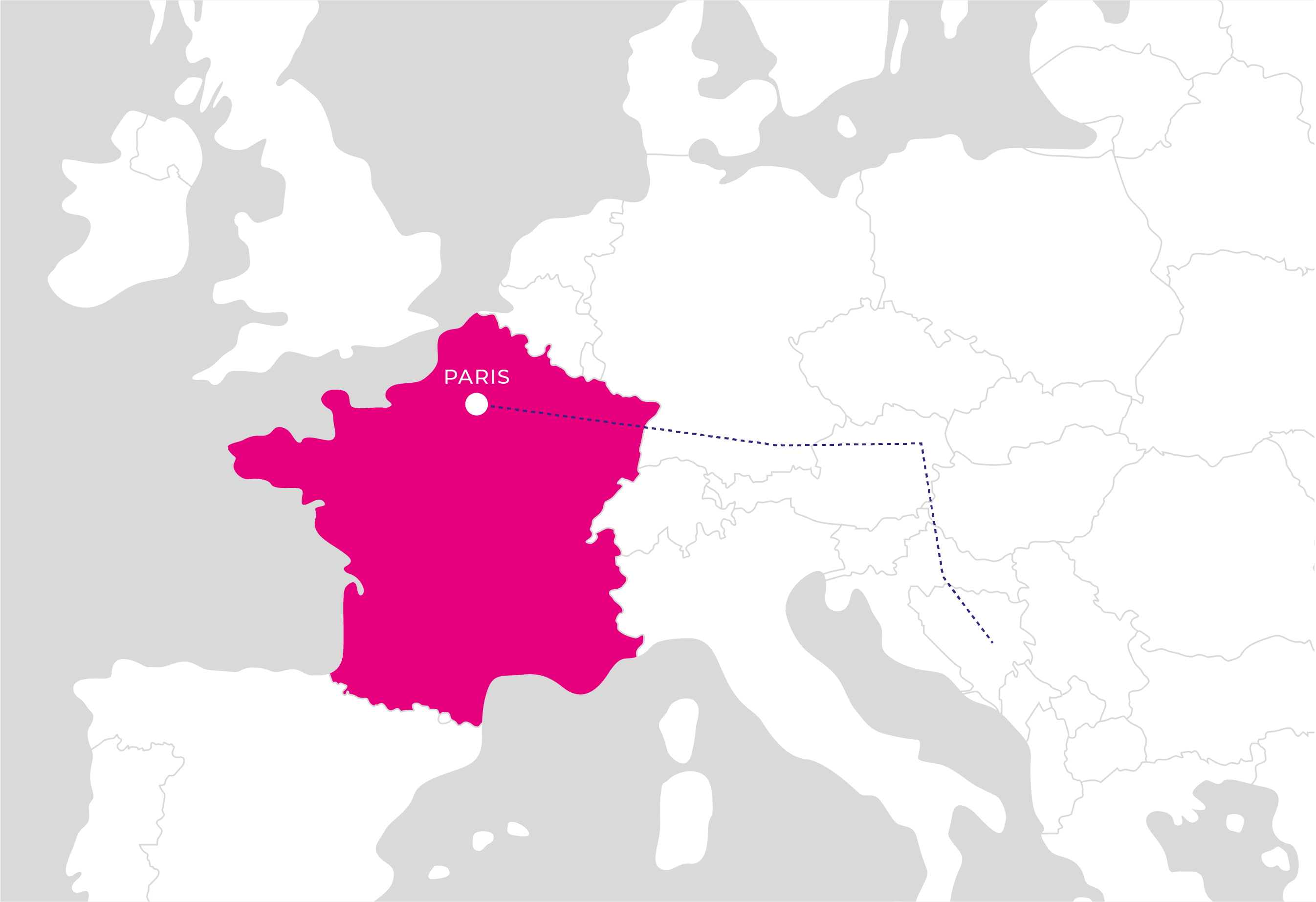
MUNICH
VIENNA
JASENOVAC
SARAJEVO
BERLIN
A European project on history and memory: starting in Paris
Paris is the starting point for the adventure. Let us remember that the objective of this project on history and memory is to bring together seventeen young people from France, Germany, and Bosnia-Herzegovina, and to offer them a trip across Europe, from west to east, in order to address the question of war and wars, to reflect on the memory of these wars and the traces that these conflicts have left in Europe. From Paris to Sarajevo, via Munich, Vienna and Zagreb, ten days in five cities and five countries, the goal is to introduce these young volunteers to historical sites, symbols of the devastating wars of the 20th century, and above all, to compare the perspectives and different narratives that they carry with them as a result of their family and personal history, their studies, or the country in which they grew up.
In Paris, the choice was made to start with the evocation of the First World War.

Historical monuments with an
intercultural dimension
The adventure began on October 9th, 2023, in Versailles, in the Centre de l’Ermitage, on the edge of the palace park. This cultural and social location, a stone‘s throw away from one of the jewels of France’s cultural heritage, hosted the group during the three nights of this French stage. In short, a place steeped in history.
The Palace of Versailles is indeed inextricably linked with the figure of King Louis XIV, and this building is the symbol of the French royal power and monarchy. It also symbolises the glory of this king, known as the Roi Soleil (“Sun King”), using grandiose and elegant architecture, such as the Hall of Mirrors. Since 1883, the Palace of Versailles has also housed a museum, dedicated to the glories of the country. And the young participants hadn’t forgotten that in 1919, the Peace Treaty, between France and Germany, was signed in the Hall of Mirrors, recalling the humiliation that France had endured in 1871.
Beginning on October 10, various workshops allowed us to get to the significant part – the history of wars and their remembrance, and particularly that of the First World War – through the discovery of emblematic locations.
First, the young people had the chance to discover the Cité Internationale Universitaire de Paris, founded in 1925 as part of the pacifist and utopian aspiration to build a world of peace. It is always interesting to discover architectural heritage, especially when it is associated with big names, such as that of French architect Le Corbusier. It is also important to note that the Cité Internationale Universitaire is a pioneer in terms of multiculturalism, which is dear to our young participants.

Under the Arc de Triomphe
The Arc de Triomphe and the Tomb of the Unknown Soldier: memory and remembrance
Simply put, this is because of the presence under its arch of the Tomb of the Unknown Soldier, and of the permanently lit flame, which perpetuates the memory of all the men who died during the war. At the end of this bloody war, the burial place for the bodies was a real issue: the government wanted to create a space where families could remember. Indeed, the question of “memory” is essential here. Moreover, memory arises at different levels: familial, national and, even international. The Arc de Triomphe was therefore the monument chosen to house this memory. And since November 11th, 1920, a highly symbolic date for France, the Arc de Triomphe has housed the remains of this unknown soldier, the symbol of all war victims and the memory of the millions of people who died. Since November 11th, 1923, a flame is also lit there like a vigil, and has never been extinguished. It is revived every evening by members of veterans’ associations, who are in charge of keeping the flame of remembrance alive.
This is why the second day of the programme was devoted to visiting the Arc de Triomphe. Accompanied by a guide accredited by the site, who presented the essential historical and architectural features of this emblematic building, the young people had the privilege of climbing to the top of the Arc in order to admire the superb panorama it offers of the “City of Lights”. An excellent way to get your bearings before a free stroll through the streets of the capital.
The group then headed towards the Tomb of the Unknown Soldier. It was the final and most solemn moment of the visit. Gathered around the tomb and the flame, the facilitator recalled here the reasons and the steps leading to the creation of this memorial; the choice of the soldier, this anonymous hero; the ceremony for transferring the remains; and the symbolism of this flame, standing for remembrance. Despite the noise and tourist bustle under the arch, exposed to all winds, the moment was full of emotion because all the young people apprehended the solemnity of this memorial, each in a different way. It was at this point that the team tried out the method, developed in advance with the working group, an example of which is provided in this publication.
Before letting the young people enjoy Paris as they wish—because making our own discoveries is also how we learn and form our own opinions—the team gave them a mission. It was up to them to observe, during their Parisian stroll and even afterwards, the different traces of the past, through monuments evoking the memory of wars or any other place that held historical importance in their eyes. They then had to take a photo and draft a short explanation before posting it on the group’s discussion thread. The next day, there would be a time to share and exchange.
Here are some of their findings:
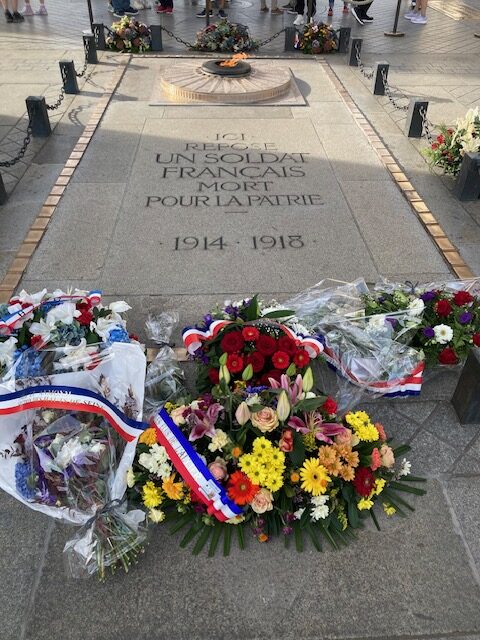
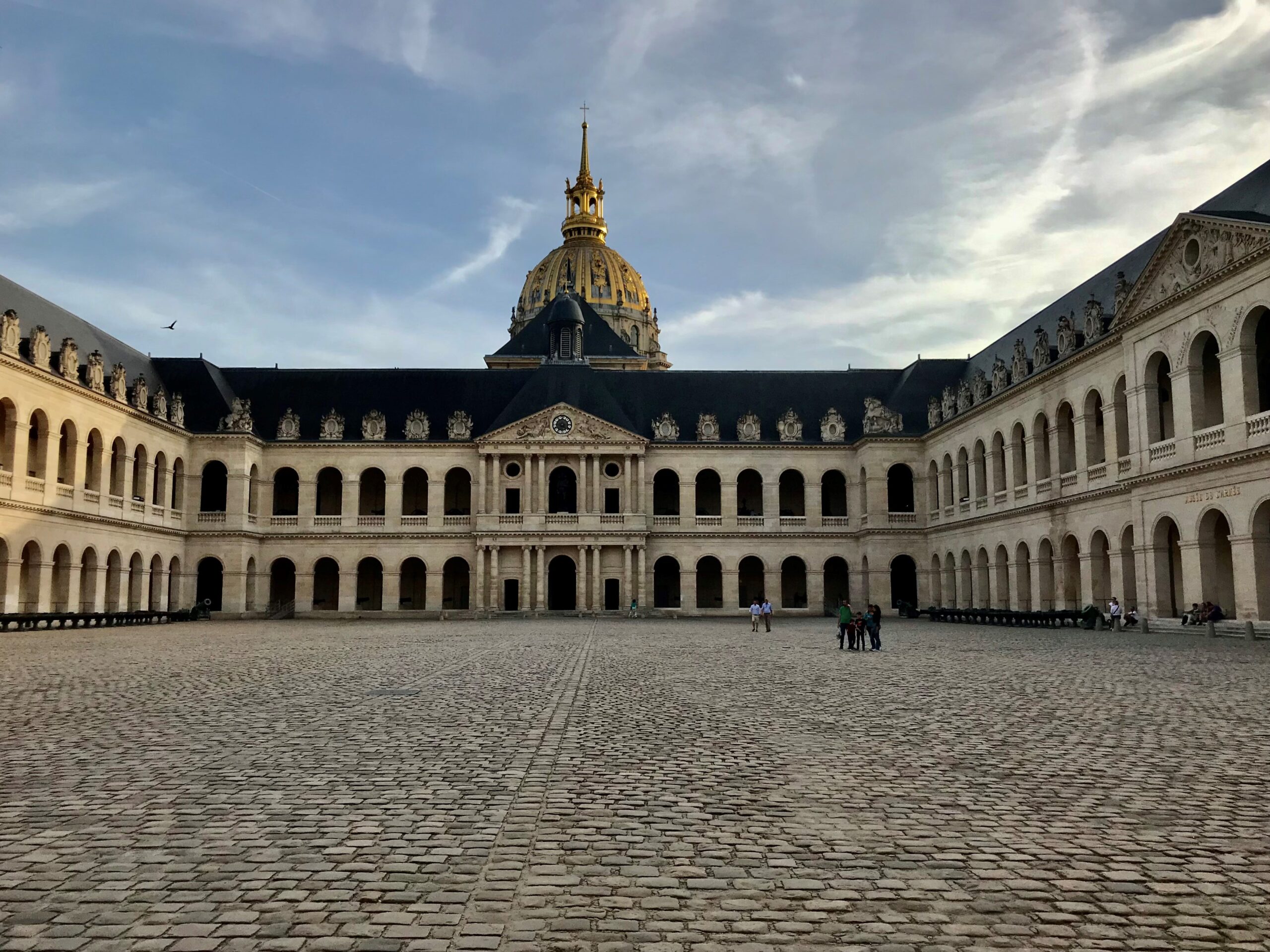
Les Invalides: built under the reign of Louis XIV, it was and still is a hospital for those wounded in war. It is a place soldiers come to when they have post-traumatic stress disorder and need help returning to civilian life. You can also see Napoleon’s monumental tomb.
Text: Lise-Catherine Pommelet Guillerez
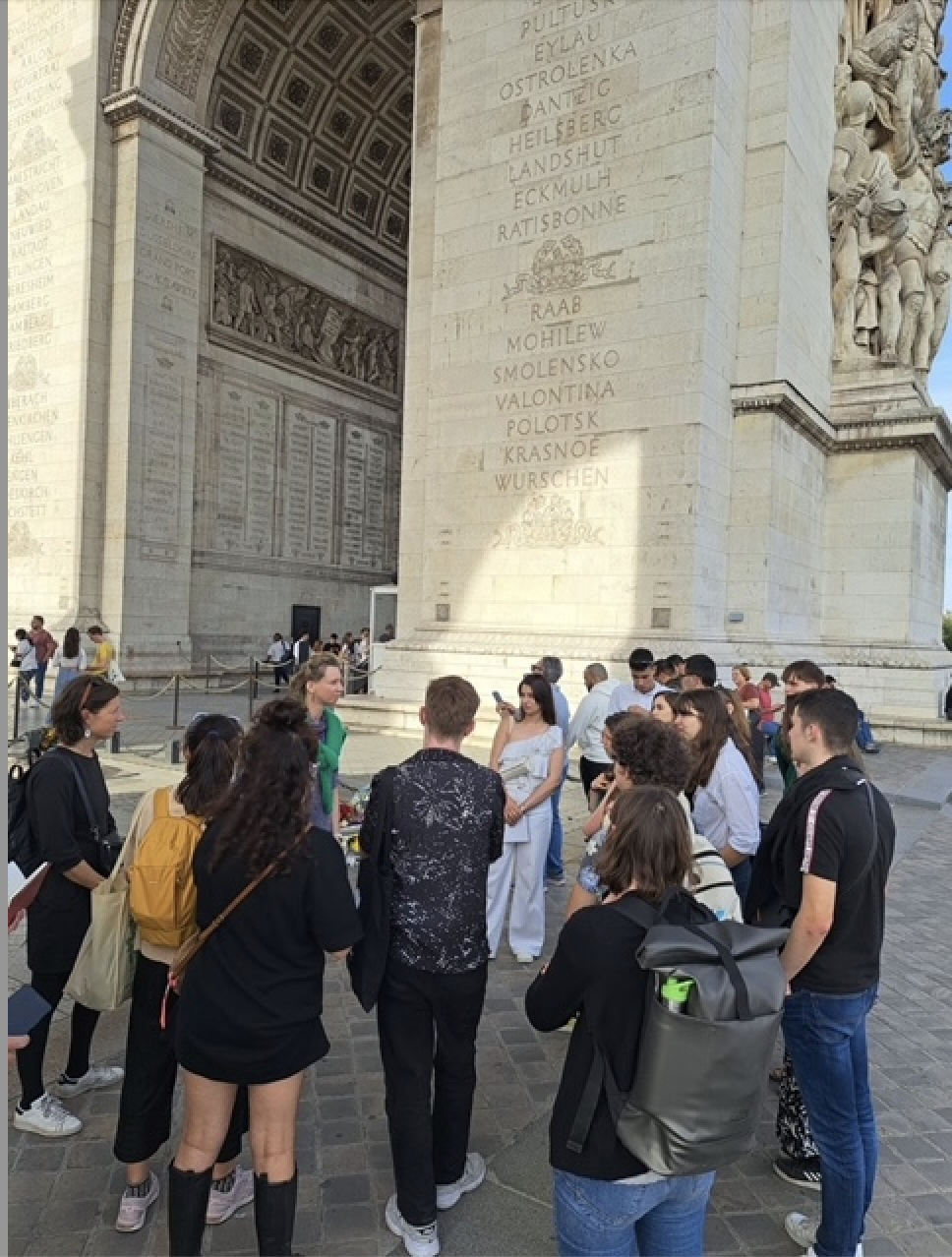
Young people in front of the Tomb of the Unknown Soldier. Explanations from the facilitator.

Statue of Ferdinand Foch, appointed Supreme Commander of the Allied Forces on the Western Front in the spring of 1918.
Text: Daniel Stjepanovic
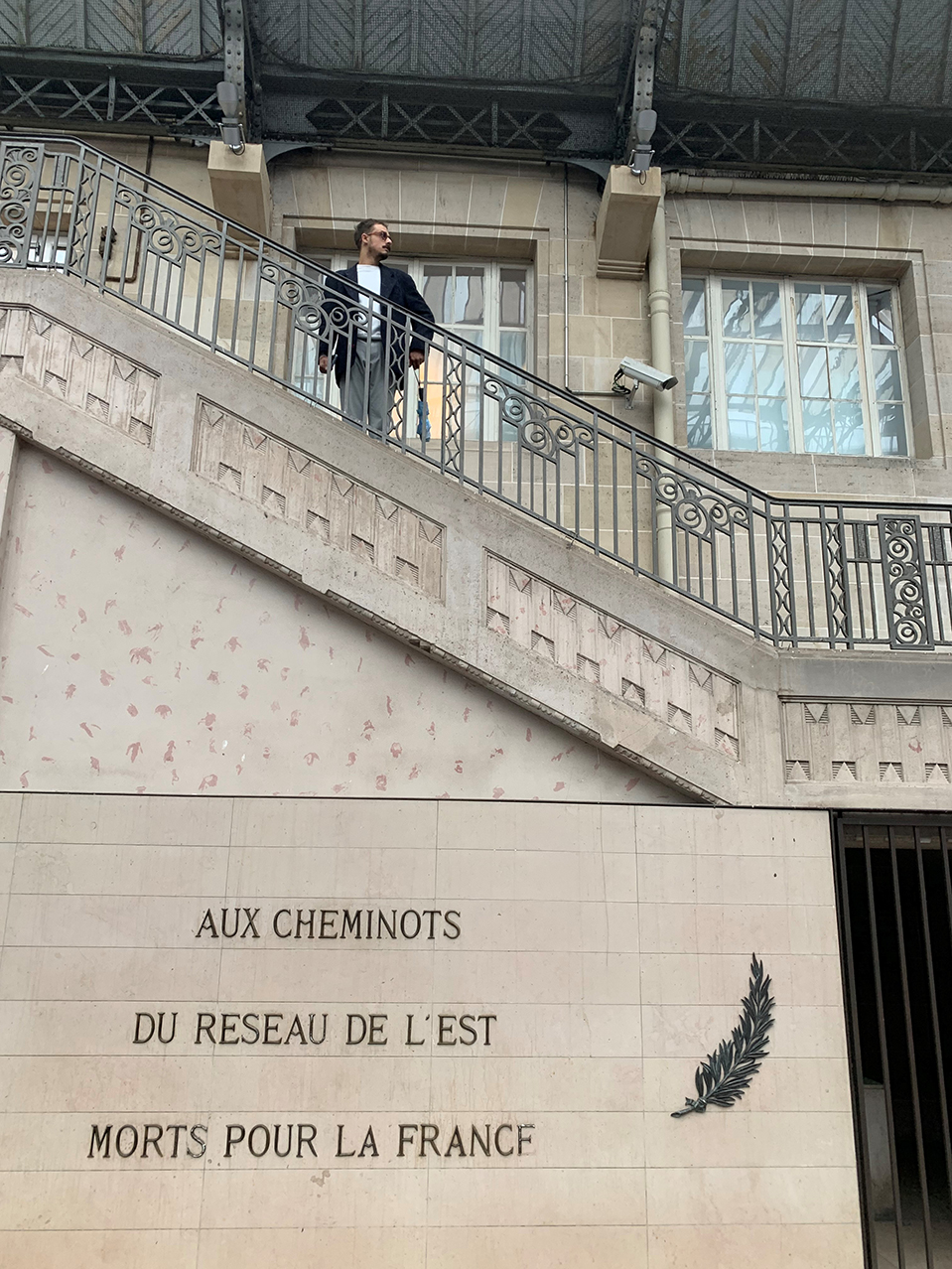
Paris Est train station: monument in memory of the train conductors who lost their lives during the Second War.
Text: Samir Mrkovic

Le Canal Saint-Martin: in 1802, Napoleon decided to reconsider a water supply project that include the creation of the Canal Saint-Martin to remedy the very poor drinking water supply in Paris.
Text: Juliette Coulmier
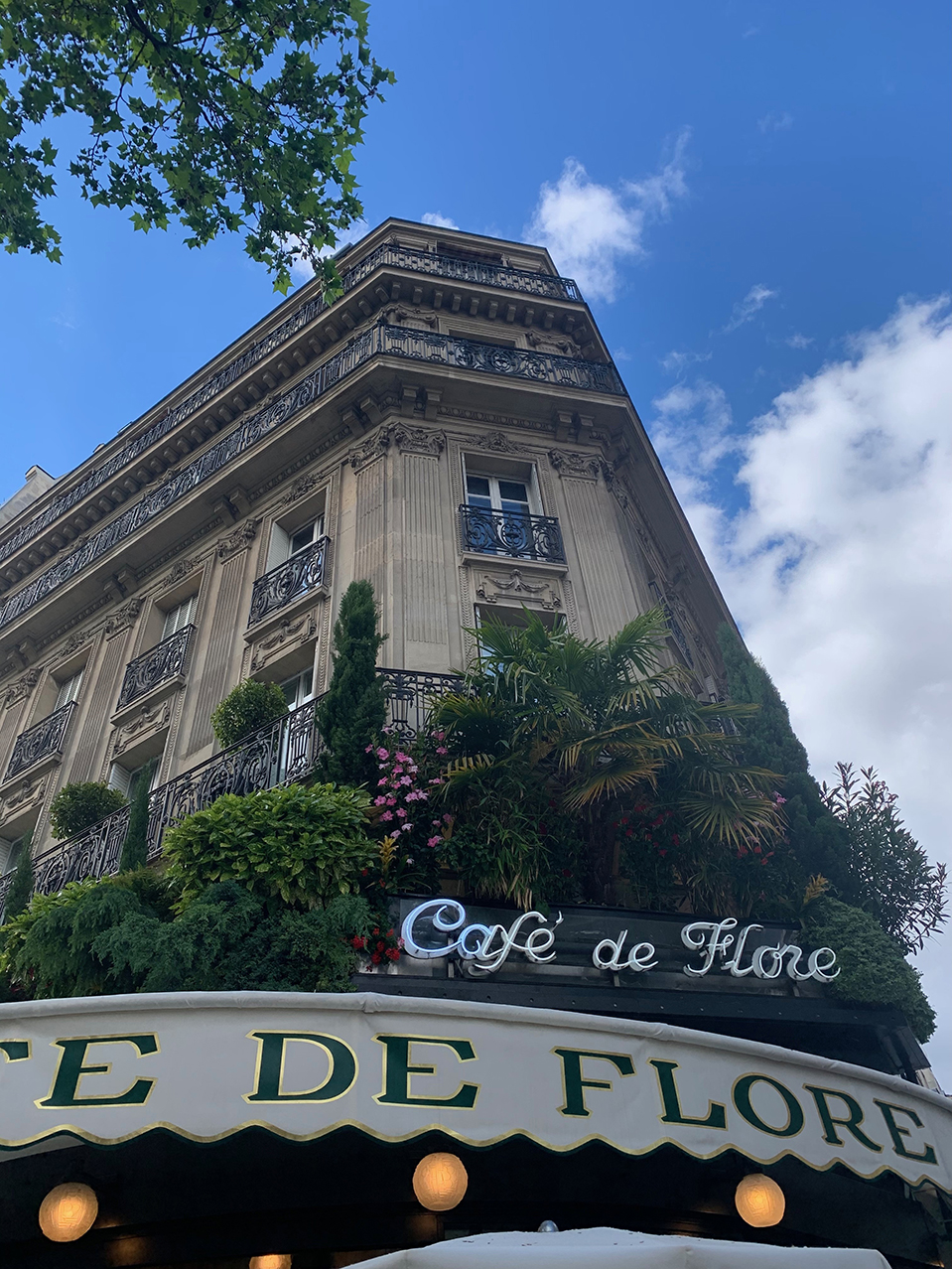
Le Café de Flore: it is one of the most famous and oldest coffee houses in Paris. It is located on Saint-Germain-des-Prés, in the 6th arrondissement. The café was opened in the 1880s and soon became famous for its clientele. It was THE place to meet for famous writers and philosophers such as Simone de Beauvoir, Jean-Paul Sartre, Albert Camus, and many others…
Text: Julia Noll
Author: Nathalie Chevalier
METHODS TESTED IN PARIS
3. Chairs Dilemma